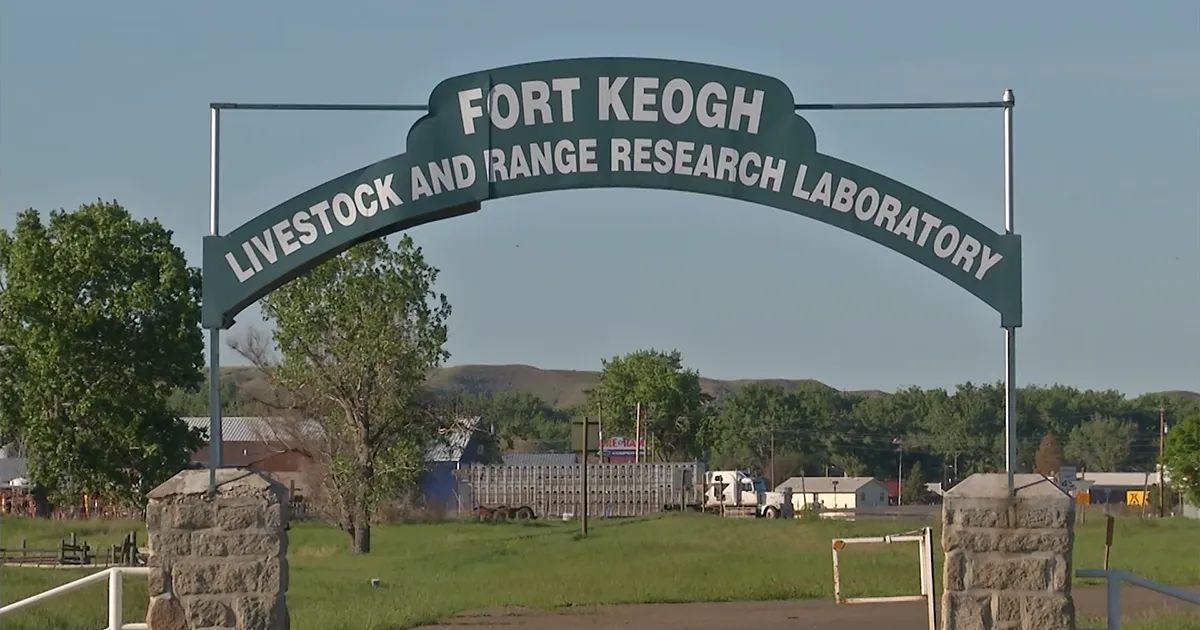
Fort Keogh in Miles City Celebrates 100th Anniversary
May 29, 2024
Throughout history, research has helped transform today’s Agriculture industry into what it's today. And for the livestock industry, Fort Keogh Livestock and Range Research laboratory in Miles City, Montana has made significant contributions to livestock reproduction, nutrition, genetics and rangeland management research. And this year Ft. Keogh is celebrating its 100th anniversary.
"When you think about 100 years and all the things that have happened in those past 100 years, to me, it's amazing," said Jay Angerer, USDA-ARS Fort Keogh Livestock & Range Research Laboratory Research Leaders. "All the things that have occurred at this site and all the things that they've done to help improve livestock production and also the management of rangelands."
He says Fort Keogh’s massive footprint provides the perfect environment for the important research being done.
"The fact that we have 55,000 acres here to be able to do the research at a scale that's it's relevant to commercial ranching here in Montana and elsewhere in the Great Plains is very important," said Angerer. "There's not many places that that have that much land to do that kind of work. We have four livestock herds here that we that each have different studies on them. And we can do that on this place and be able to look at different aspects of live livestock production, because we're able to handle four herds and to be able to do that in a long term period."
An important partner for the past 100 years has been Montana State University’s Montana Agricultural Experiment Station.
"Yes, and we've worked as a team since 1924 when USDA received this location," said Angerer. "So, from the beginning, we've been partners with Montana State and the Montana Ag Experiment Station. We've worked together. The way the system is set up here is the livestock at the location are owned by Montana State University. They provide their livestock for us to do the research that we do from both a rangeland standpoint and from the livestock productivity standpoint."
He says as Fort Keogh looks to the next 100 years, continued industry involvement will be absolutely critical.
"We at USDA-ARS depend on our stakeholders to help us in defining the research that that they need done," said Angerer. "We have a customer focus group here that meets periodically. We discuss and listen to them on what their needs are. We try to build our our research plans based on their needs. I think over time we've been successful in doing that. There are things that have come out of here that have have directly benefited not only producers here in Montana, but elsewhere in the U.S. and the world. So, I think our ability to continue to interact and to work with our stakeholders not only benefits us for research, but through that cycle, we can do the research that's needed to help with their bottom line and their productivity."
To commemorate Ft. Keogh’s 100th anniversary, The USDA Ag Research Service and Montana State University’s Montana Agricultural Experiment Station will be hosting tours and a special dinner May 30 and 31st in conjunction with the Montana Stockgrowers Association’s mid-year meeting.
Source: Western Ag Network










